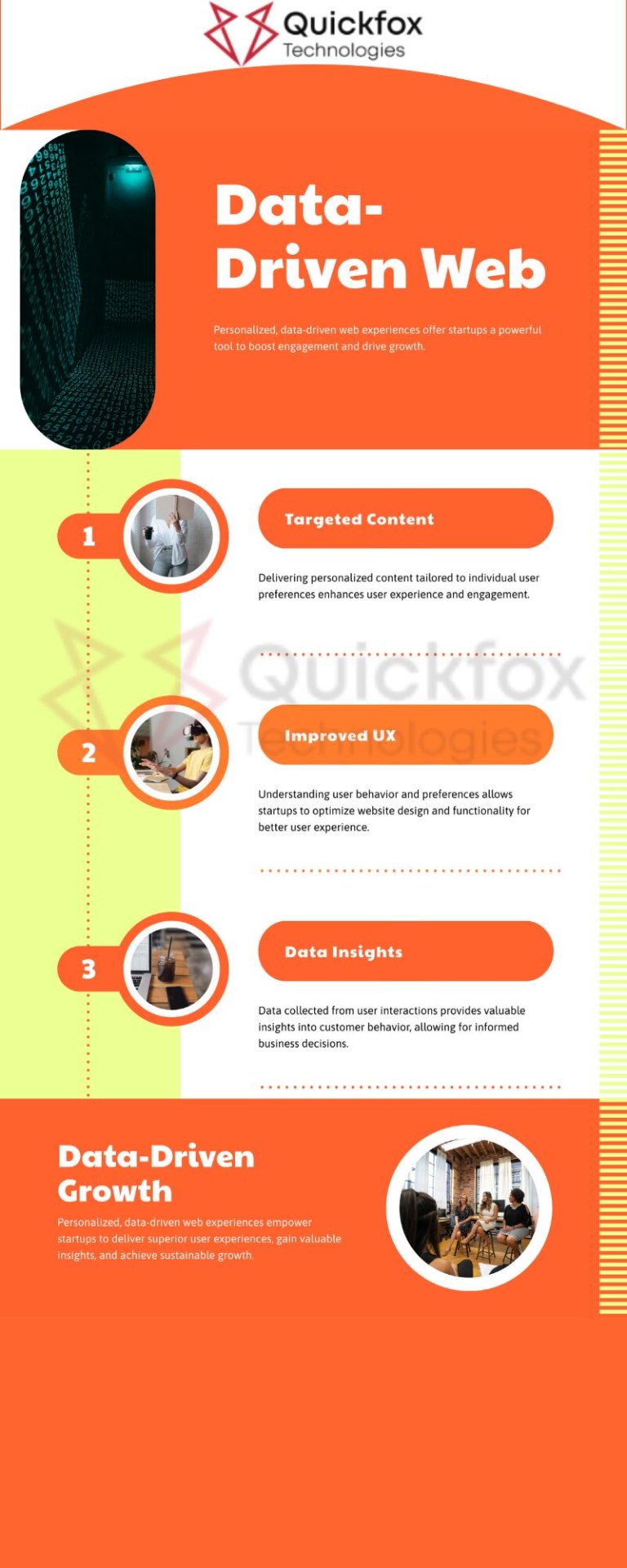Don't wanna be here? Send us removal request.
Text

Introduction to DevOps
In today’s fast-paced digital world, software development has become the backbone of most businesses. To stay competitive, companies strive to deliver high-quality software at a rapid pace. This is where DevOps comes into play, revolutionizing the software development industry by bridging the gap between development and operations teams. In this post, we’ll delve into the fundamentals, benefits, and principles of DevOps and explore how it is transforming the software development landscape.
What is DevOps?
DevOps is a cultuting infrastructure as code allows teams to manage and provision infrastructure through code, ensuring consistency and reducing manual errors.
Monitoring and Logging: Continuous monitoring and logging of applications and infrastructure enable teams to identify and resolve issues quickly, minimizing downtime and improving performance.
Automated Testing: Automated testing ensures that code changes are thoroughly tested and validated automatically, reducing the risk of defects and enhancing software quality.
Benefits of DevOps:
Faster Time-to-Market: DevOps practices enable rapid development, testing, and deployment, reducing the time it takes for new features and updates to reach end-users.
Increased Collaboration: By breaking down barriers between development and operations teams, DevOps fosters collaboration and knowledge sharing, leading to a better understanding of each other’s challenges and requirements.
Improved Software Quality: Automated testing and continuous monitoring help identify issues early, ensuring that software is delivered with a high level of quality and reliability.
Enhanced Customer Satisfaction: With faster release cycles, fewer bugs, and more features, customers experience better software experiences, leading to higher satisfaction levels.
Cost Efficiency: Automated processes and reduced downtime lead to cost savings, as developers spend less time on repetitive tasks and the risk of production failures is minimized.
0 notes
Text

Personalized, data-driven web experiences are transforming how startups engage with their audiences, offering a robust strategy for boosting engagement and driving growth. In an increasingly competitive digital landscape, understanding user behavior and preferences is crucial. By harnessing data analytics, startups can gather insights into how users interact with their platforms, identifying trends and patterns that inform decision-making.
When startups personalize their web experiences, they tailor content, product recommendations, and marketing messages to individual users. This level of customization not only enhances user satisfaction but also fosters a sense of connection, making visitors feel valued. For instance, an e-commerce startup can use browsing history to recommend products that align with a user's interests, thereby increasing the likelihood of conversions.
Moreover, personalized experiences lead to higher engagement rates. Users are more likely to interact with content that resonates with them, whether it’s through personalized emails, targeted social media ads, or customized landing pages. This engagement translates into longer visit durations, reduced bounce rates, and ultimately, increased customer loyalty.
Additionally, data-driven insights enable startups to experiment with different strategies and measure their effectiveness in real time. By continuously optimizing their approaches based on user feedback and behavior, startups can refine their offerings and create a dynamic web experience that adapts to the needs of their audience.
In summary, embracing personalized, data-driven web experiences not only differentiates startups in a crowded market but also builds lasting relationships with customers, driving sustained growth and success.
0 notes
Text
AI Apps for Your Startup
AI apps can significantly enhance productivity and performance in the workplace by automating repetitive tasks and providing intelligent assistance. Tools like GitHub Copilot and ChatGPT streamline coding and content creation, reducing time spent on manual work. Additionally, AI apps like Perplexity and Jasper AI offer valuable insights and generate high-quality content quickly, allowing employees to focus on more strategic and creative tasks.
1. ChatGPT: Assists with writing emails, reports, and content. It helps generate ideas, draft documents, and maintain consistency in tone, saving time and improving content quality.
2. CopyAI: Helps create engaging marketing copy, product descriptions, and social media content quickly, attracting and retaining customers.
3. Jasper AI: Ideal for producing long-form content like blog posts and articles, helping maintain a strong online presence and drive traffic.
4. GitHub Copilot: Provides code suggestions and auto-completes code, speeding up development, reducing errors, and improving productivity.
5. Perplexity: Acts as a research assistant, providing quick answers and synthesizing information to aid in market research and data-driven decision-making.
6. Lumen5: Converts blog posts and articles into engaging videos, expanding your content strategy and reaching a broader audience.
7. Gemini: Assists with various tasks including brainstorming, content creation, research, and customer service, analyzing data and generating creative content.
Incorporating AI apps into your startup can significantly boost productivity and performance by automating tasks and enhancing various business functions. To explore the full range of AI tools that can transform your operations and drive growth, Read here. Discover how these technologies can help you streamline processes and stay ahead in a competitive landscape.

1 note
·
View note